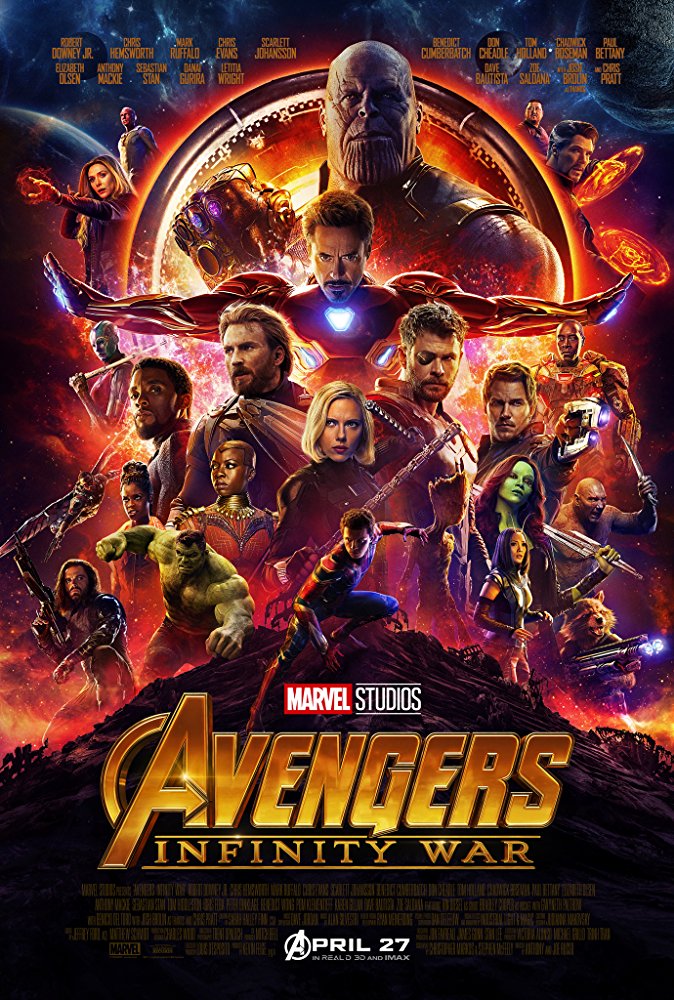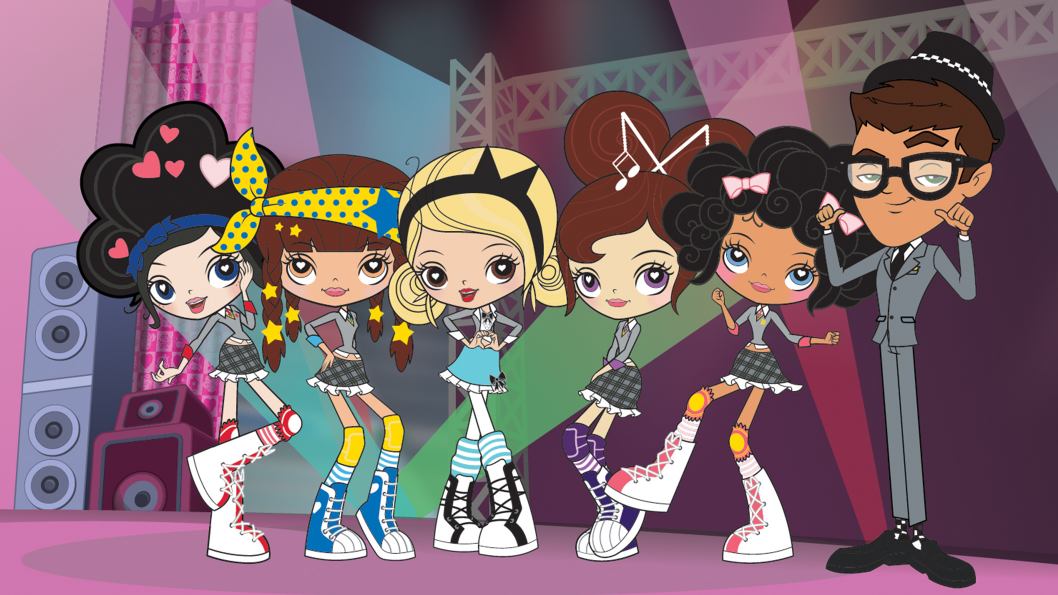
They barely fit on the poster. Now you’ve got to give them all something to do?
Like the rest of the industrialized world, I caught a showing of Avengers: Infinity War over the weekend. It was pretty great, actually. More or less lived up to the impossible expectations.
(No pressure, Solo).
In addition to a sizable portion of excellent (funny) dialogue, one of the things writers Christopher Markus and Stephen McFeely did best was effectively service its large cast of characters. So what’s the secret to juggling all that talent?
Divide and conquer.
While an ensemble story frequently starts with most of the crew together, staying that way is a problem. You can’t really just have a crowd of people standing around for the entire duration, taking turns saying one line after another like the feature film equivalent of We Are the World.
Instead, you have to create subgroups and send them each out on their own subgroup quests that ultimately all lead back to a collective climax.
Okay, that sounded a little dirty.
Could be.
Depends on the rating, I guess.

Just like Avengers: Infinity War. Identical, really.
This concept doesn’t just pertain to blockbuster movies, of course.
When Rhonda and I write stories for Kuu Kuu Harajuku – which are each half of a half hour – we have five girls and a band manager that need to be actively involved throughout. Keeping them all together creates a metaphorical story mosh pit, and a crowded mess. Break ’em up!
Writing an ensemble piece yourself? Always divide and conquer.
In the most simplistic of terms: Together at the beginning. Together at the end. Split up in the middle. Of course, there are variations and exceptions to the rule (there always are). But if you’re struggling to service a large group of characters, this is a great way to start.
Okay, get to the Fade In and make some multi-character magic.
![[TEXTSMITH] BLOG](https://blog.jameshereth.com/wp-content/uploads/2016/07/cropped-cropped-BulbsPlus.jpg)